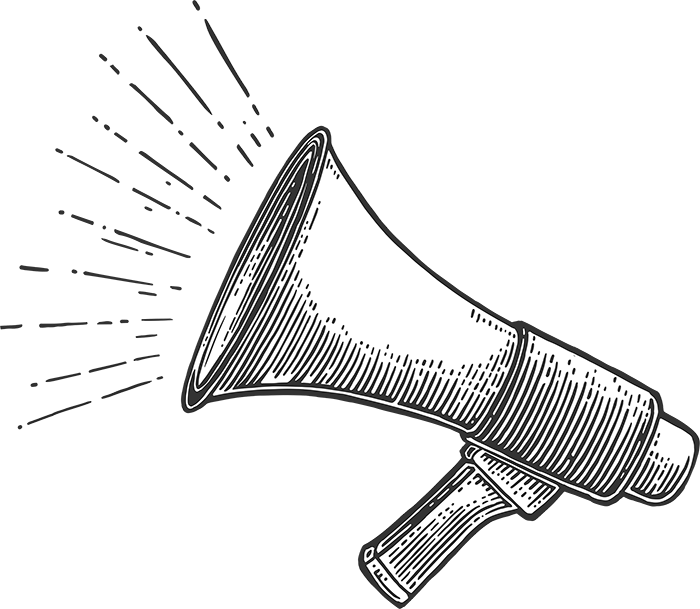Optimizing Your Site for Contextual Ads
You know what’s fun? Making it from one session to the next in five minutes while finishing a blog entry. Honestly, you all should try it sometime. For extra fun, lug around a 40 pound laptop. I call it the Tabke Workout in honor of Webmaster World’s Fearless Leader and the guy who forgot that high school is long over and we’re too old to run from period to period with a heavy backpack.
Where was I? Oh right, this session we’re talking about optimizing for contextual ads and, call me a nerd, but I’m excited. Detlev Johnson will be moderating this panel with speakers Matt Daimler, The Guru Group LLC; Jaan Janes, Pulse360; and Aaron Wall, SEO Book. Ready? GO!
Jaan James is up first. He mentions the Cowboy Christmas conference on the other side of the convention center. There are no computers over there. …I don’t get it, how do they communicate? What do they do with their free time?
Pulse 360 is the publisher services side of Kanoodle. For them, the three things that make a difference are Relevancy, Revenue and Relationship.
Relevancy: We don’t scrape keywords–Google does, Yahoo does but they don’t. We focus on the consumer and who they are, not because of what they are doing at the time. They don’t need to dive to keyword
MSNBC is a partner, they’re not looking at the content of the page, they’re looking at the mindset of the consumer than the subject of the article.
When relevancy fails? News stories about gun violence lead to non-lethal stun gun, drugs busts lead to ads about drug selling.
A recent study rated newspaper ads over internet ads. Jaan thinks the problem is clutter. You have to be mindful of bombarding the user with ads. It becomes annoying instead of useful. Unreasonable sites with unreasonable amounts of advertising lose business.
If you’re working with sponsored links, make sure you SHOW the ads. What’s the point of burying them in the bottom of the page? Make the ads visible and focused on the audience. Sponsored links are not an afterthought.
Transparency is really really key.
Color: There isn’t any one answer. Don’t be afraid to experiment. Don’t scream ‘I’m an ad, click me!’ but don’t be afraid of color. You can experiment and increase your click rate sometimes.
Placement: Again, experiment. Lower right, lower left, background, no background. However, bottom of the page = bottom of the barrel.
Next up is Aaron Wall.
Optimization vs Overkill– you need to balance longevity of the site vs monetization of the ads. If your ads are too aggressive, the ads are going to cost you links and they’ll turn away users.
A few spots up in the organic rankings make a big difference. Invest in SEO. Most publishers play in the long tail and you should own your important terms.
Social media traffic isn’t terribly good for ad clicks. Keep your core pages clean. Use ad channels to determine where the $ is. Make sure that your site structures support the top earning pages.
Analytics are your friend–find out where you’re ranked and capitalize on that.
Longer pages will match more keywords. Think about how you can expand pages to give yourself a broad base for the ads to match.
Some advanced tips:
Members can turn ads off
Date-based ad inclusion/ad positioning
Link building — Buy a few links pointing at the best earning pages. [Just for the traffic, though, not for rankings –Susan]
Matt Daimler is up next to tell us the story of Seat Guru. He started in 2001 when he was traveling a lot back and forth to Europe. In 2003, they added AdSense and went from $200-300 a month to $200-300 a day. The initial design was fairly plain and built in tables.
When they added ads, they took a couple of actions–they consulted “view bids” tool to understand what the CPC buyers wanted and trying to add a little more content or keywords around though.
Challenges with the initial 2003 layout: 1. Very little content for Google to base ads on. 2. Only 1 Google Ad per page allowed, no wide skyscraper, yet.
In 2004, they redesigned with new content, new airlines and added more color. The goals for this redesign was a repetition of keywords like ‘first class’ and business class, etc. They wanted the Google skyscraper ad to show on 800×600 resolution and to keep the Google ad location right in the heart of the activity.
Challenges from this layout were that they were still only one ad per page. That changed in September of 2004 when they were allowed 3 ad blocks per page. They thought ‘great, we can add more and triple our clickthroughs!’ but their clickthrough rate dropped and the CPM rates also dropped (from $10-$25 DOWN to $2).
Limited ad inventory lead to a depletion of the “good” ads sooner which left worse, lower paying ads to show up on the network. To supplement, they went to direct advertisers by picking from the best advertisers that showed up in Google AdSense. Few Google ads and more direct advertisers increased sales.
They had to learn to balance Google ads with direct advertisers, as cutting out Google ads in favor of the direct advertisers
In 2006, they redesigned again to XHML strict and CSS for higher keyword density and SEO. They added new features, new menu systems, additional content and worked in supporting more ad units–four or five on page. (They tried Link Units integrated into the navigation but it didn’t work for them.) Clickthroughs went down as did CPM rates but overall they went up.
A couple of things they didn’t do include trying different ad networks– they stuck with Google exclusively and try out the many options that Google offered — colors, sizes, types, number of ad units, varying the location, etc. He mentions that Pubmatic is a new company that produces reports on which would be the best for your web site rather than having to try it himself. He’s not affliated with them; he just likes them.
Q&A:
When you started direct advertising on Seat Guru, how did you validate traffic?
Matt: Most of the direct advertisers that they serve use third party servers. They adjusted pricing for the big ad servers that often get cut out by ad blockers–he estimates they lost 15% of views because of that. They tended to charge 2x as much for a direct advertisers which isn’t really making a lot of money because they require a lot of work. Most people say that up to half a million in sales you can stick with places like Federated Media. After that, hire your own sales people.
26,000+ professionals, marketers and SEOs read the Bruce Clay Blog
Subscribe now for free to get:
- Expert SEO insights from the "Father of SEO."
- Proven SEO strategies to optimize website performance.
- SEO advice to earn more website traffic, higher search ranking and increased revenue.

LEAVE A REPLY









